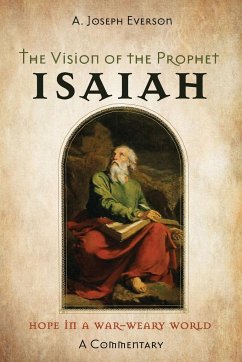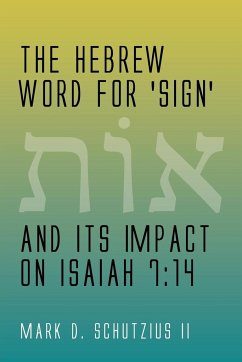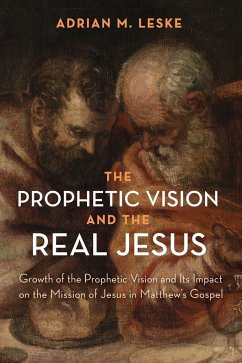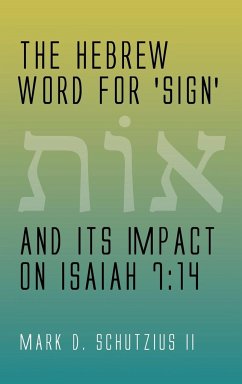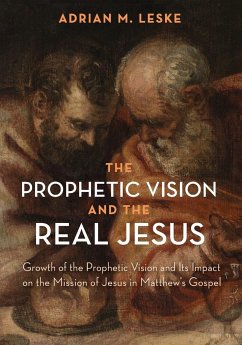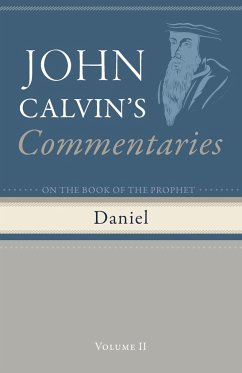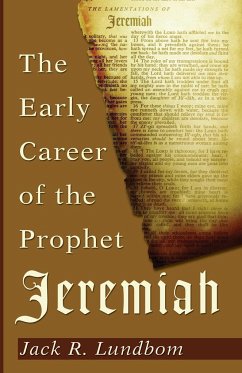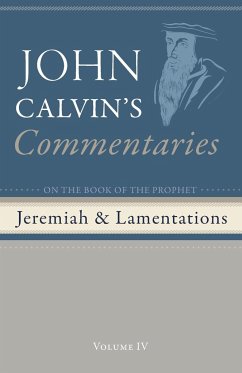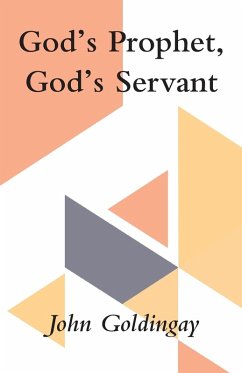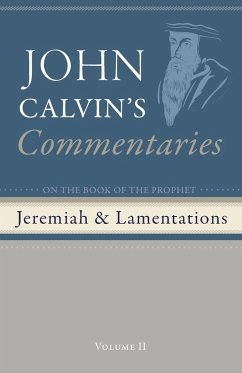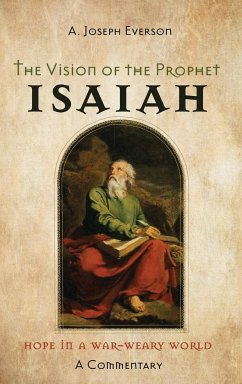
The Vision of the Prophet Isaiah
Versandkostenfrei!
Versandfertig in 1-2 Wochen
51,99 €
inkl. MwSt.
Weitere Ausgaben:

PAYBACK Punkte
26 °P sammeln!
""Come, let us walk in the light of the Lord!"" Isaiah's words are deeply loved by many who attend Sunday services. But how many can say that they have actually read this book? This commentary invites you to read Isaiah from the era when it reached its sixty-six-chapter form and came to be part of Israel's sacred writings. Three memories helped to give shape to the Isaiah scroll. The first memory is of the destruction of Jerusalem in 587 BCE. How could God have allowed that to happen? The opening section of the scroll addresses that question. The second memory involves the fall of Babylon afte...
""Come, let us walk in the light of the Lord!"" Isaiah's words are deeply loved by many who attend Sunday services. But how many can say that they have actually read this book? This commentary invites you to read Isaiah from the era when it reached its sixty-six-chapter form and came to be part of Israel's sacred writings. Three memories helped to give shape to the Isaiah scroll. The first memory is of the destruction of Jerusalem in 587 BCE. How could God have allowed that to happen? The opening section of the scroll addresses that question. The second memory involves the fall of Babylon after 562 BCE. People, nations, and even empires rise and fall. The second section of the scroll addresses war and the sorrows of war. The third memory is of Cyrus of Persia, who allowed the exiles to return home after 539 BCE. His actions are presupposed, not just in the joyful poetry of the latter chapters of the scroll, but also in the confidence in God's love that runs through the entire scroll. God is the Lord of all nations and of all creation. Isaiah is a theological interpretation of past history. It is a passionate call for people to live with integrity, compassion, and hope.





